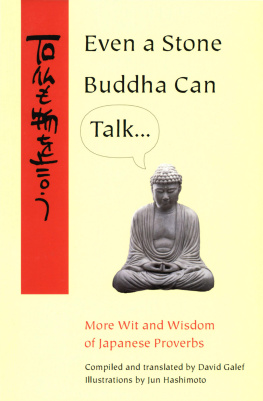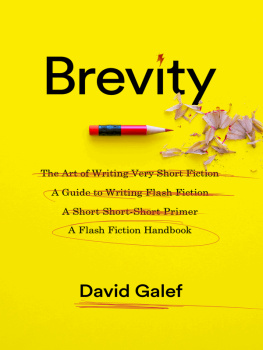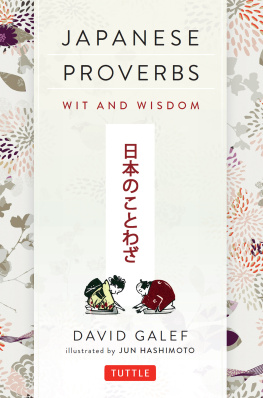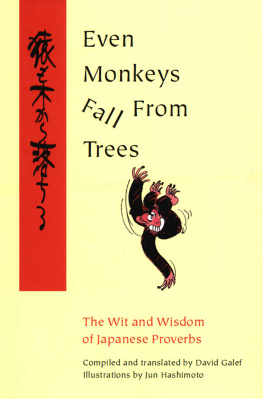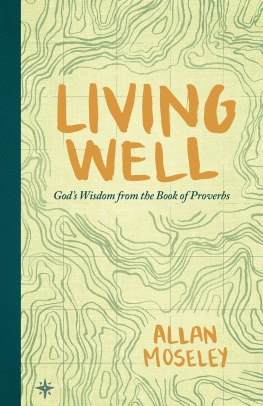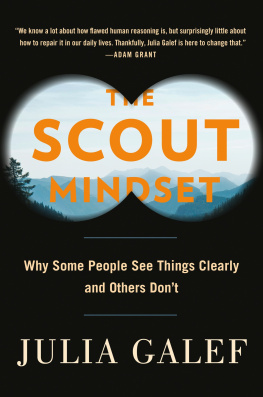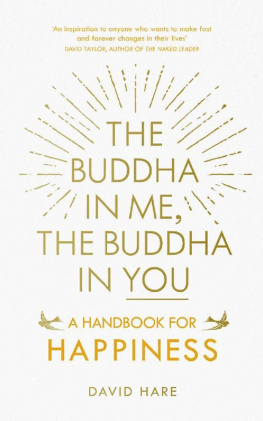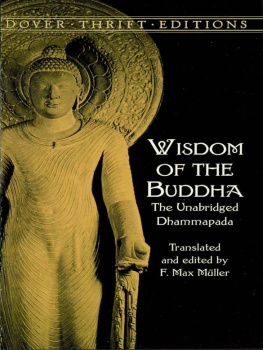David Galef - Even a Stone Buddha Can Talk: The Wit and Wisdom of Japanese Proverbs
Here you can read online David Galef - Even a Stone Buddha Can Talk: The Wit and Wisdom of Japanese Proverbs full text of the book (entire story) in english for free. Download pdf and epub, get meaning, cover and reviews about this ebook. year: 2000, publisher: Tuttle Publishing, genre: Romance novel. Description of the work, (preface) as well as reviews are available. Best literature library LitArk.com created for fans of good reading and offers a wide selection of genres:
Romance novel
Science fiction
Adventure
Detective
Science
History
Home and family
Prose
Art
Politics
Computer
Non-fiction
Religion
Business
Children
Humor
Choose a favorite category and find really read worthwhile books. Enjoy immersion in the world of imagination, feel the emotions of the characters or learn something new for yourself, make an fascinating discovery.
- Book:Even a Stone Buddha Can Talk: The Wit and Wisdom of Japanese Proverbs
- Author:
- Publisher:Tuttle Publishing
- Genre:
- Year:2000
- Rating:3 / 5
- Favourites:Add to favourites
- Your mark:
- 60
- 1
- 2
- 3
- 4
- 5
Even a Stone Buddha Can Talk: The Wit and Wisdom of Japanese Proverbs: summary, description and annotation
We offer to read an annotation, description, summary or preface (depends on what the author of the book "Even a Stone Buddha Can Talk: The Wit and Wisdom of Japanese Proverbs" wrote himself). If you haven't found the necessary information about the book — write in the comments, we will try to find it.
Even a Stone Buddha Can Talk: The Wit and Wisdom of Japanese Proverbs — read online for free the complete book (whole text) full work
Below is the text of the book, divided by pages. System saving the place of the last page read, allows you to conveniently read the book "Even a Stone Buddha Can Talk: The Wit and Wisdom of Japanese Proverbs" online for free, without having to search again every time where you left off. Put a bookmark, and you can go to the page where you finished reading at any time.
Font size:
Interval:
Bookmark:
p. cm.
English and Japanese. ISBN 0-8048-2127-5 (pbk.) ISBN 978-1-4629-1648-1 (ebook) 1. Proverbs, Japanese--Translations into English. 2. Proverbs, Japanese. 3.
Proverbs, English. I. Galef, David. II. Hashimoto, Jun. PN6519.J3 E93 2000 398.9956--dc21 99-059438 Distributed by USA Tuttle Publishing Distribution Center Airport Industrial Park 364 Innovation Drive North Clarendon, VT 05759-9436 Tel: (8o2) 773-8930 Tel: (8oo) 526-2778 www.tuttlepublishing.com Canada Raincoast Books 868o Cambie Street Vancouver, British Columbia V6P 6M9 Tel: (604) 323-7100 Fax: (604) 323-2600 Japan Tuttle Publishing Japan Yaekari Building 3rd Floor, 5-4-12 Osaki Shinagawa-ku, Tokyo 141-0032 Tel: 81 (03) 5437 0171 Fax 81 (03) 5437 0755 Southeast Asia Berkeley Books Pte Ltd 61 Tai Seng Avenue, #02-12 Singapore 534167 Tel: (65) 280-1330 Fax: (65) 280-6290 First edition 06 05 04 03 02 01 00 10 9 8 7 6 5 4 3 2 1 Design by Christopher Kuntze Printed in United States of America 
As such, they provoke us to consider the extent to which truth exists at all. Some of the proverbs here are straightforward; others are more rhetorically complex. Take the Japanese saying The ocean does not choose its trash (number 11), for instance. It has great resonance these days, since the degradation of our natural environment weighs more and more heavily upon our minds. Yet this fact about oceans is not the real point of the saying at all. This proverb uses this truth in a metaphorical way to establish another, less evident one.
Like our oceans, which are utterly receptive to anything that wind and water bring to them, a generous soul is open to all those around him. By way of one truth, we reach another. But is the second truth really true? Perhaps this masquerade is needed because The ocean does not choose its trash is an injunction. Perhaps we naturally resist the type of wisdom that asks us to wise up. Other proverbs are less moralizing and, therefore, rhetorically more simple. Consider, for instance, Water in a sleeping ear (number 14).
This saying does little more than describe a moment of total surprise. The Japanese say Nemimi ni mizu frequently in the sense that something is news to them. There is no inducement to action of any kind. The general truth of water in a sleeping ear seems to lie much more in the surprise of being suddenly wakened from a nap than in any kind of ideation that might follow. There is no second truth. A carp on a cutting board (33), a proverb that expresses total helplessness, is similar in this way.
What is true about either of these two different types of proverbsthose that incite and moralize and those that simply describe a situationis that both are visually powerful. Both create an image that lingers in the mind by establishing a cognitive hook on which to hang on idea or two. Often the images are arresting To chew sand (34) or A fire from a kimono sleeve (71). Their vividness forces us to entertain the truth in its particular situation and to remember its connection with experience. In other words, without seeing truth in a lived context, we come up empty. A kotowaza (or proverb) is meaningless unless we can do this.
If there is no imagination, there is no truth. This tendency to make meaning visual (and lyrical) is a fundamental feature of Japanese aesthetics. The propensity explains why, for instance, the brief lyricism of a thirty-one-syllable waka or a seventeen-syllable haiku can justify interpretation after interpretation, meaning after meaning, translation after translation, when they are often nothing more than a statement of observation. Here is just one famous example, loosely translated from Matsuo Bashs Journey to the Deep North: In the silence of the temple, a cicadas voice penetrates the rocks. The proverbs contained in Even a Stone Buddha Can Talk share such brevity. Because of this, they similarly thirst for the visible context of their truth.
For the translator, brevity and its call for the situational nature of proverbial truth poses considerable problems. In David Galefs preface to the previous volume, Even Monkeys Fall from Trees (1987), he explains the rather complicated process that led to the features of that enjoyable book (which are repeated in this second volume). First, we start with a Japanese original; then comes a fairly literal translation of the proverb; then a Western equivalent of the same; and, finally, a graphic translation....I felt continually that something was missing, he writes. In attempting to describe the meaning of Uma no mimi ni nenbutsu (A sutra in a horses ear), I realized what it was I wanted: a slightly bored horse, perhaps wearing a sun-hat, being lectured to by a patient priestin a word, illustration. Jun Hashimoto has collaborated with Galef once again to make another one hundred Japanese proverbs come to life. They make a good pair.
Whether word or figure, their work is true to the situational, experiential emphasis of Japanese aesthetics in general, and of proverbial wisdom in particular. Just as, say, the brief poems of The Tale of Ise require prose explanations of the particular moment that led to the creation of a particular poem, so, too, do Hashimotos images make us consider the particular moment of the proverb, the truth of real life that generates wisdom. Our attempt to imagine an actual moment of truth is, of course, the very pleasure of this book and, beyond this, a reason to applaud the continuing life of conventional wisdom. For no other form of writing makes us more curious about its provenance than the proverb. Who was it, for instance, who first stated the devastating truth, You cant smell your own bad breath (69)? Or what bad experience led someone to utter for the first time, Blowfish is tasty, but life is precious (51)? Certainly, neither bad breath nor death by blowfish happened just once. We assume a repeatability of experience, freed from the linearity of modern history and able to jump handily over cultural borders, though there are exceptions, such as Swimming on a tatami mat (24).
In other words, one attractive quality of these pithy sayings is precisely the difficulty we would have in trying to imagine a single moment of their creation. To the extent that such a moment both escapes us and seems totally imaginable, the proverbs take on an aura of universality and even timelessness. The same cannot be said for the slogan and the tag line, which dictate experience rather than are dictated by it. With these, we can easily imagine a single person, or perhaps a committee, concocting a verbal formula. In Japan, the slogan reigned during the Meiji period (1868-1912), with Civilization and Enlightenment ( Bunmei kaika ), Rich Country, Strong Army ( Fukoku kyhei ), Personal Success at All Costs ( Risshin shusse ), and so on. But these do not express wisdom.
Wisdom has no agenda. It is no ones servant but everyones teacher. That is why, as Galef shows us, rough equivalents exist in other cultures. To the extent that this is true (and sometimes there just isnt a perfect fit), the same must be said of truth. It belongs to no one, while we all belong to it. Any other kind of truth is just someones opinion.
Font size:
Interval:
Bookmark:
Similar books «Even a Stone Buddha Can Talk: The Wit and Wisdom of Japanese Proverbs»
Look at similar books to Even a Stone Buddha Can Talk: The Wit and Wisdom of Japanese Proverbs. We have selected literature similar in name and meaning in the hope of providing readers with more options to find new, interesting, not yet read works.
Discussion, reviews of the book Even a Stone Buddha Can Talk: The Wit and Wisdom of Japanese Proverbs and just readers' own opinions. Leave your comments, write what you think about the work, its meaning or the main characters. Specify what exactly you liked and what you didn't like, and why you think so.

